
If you’ve recently received a terminal diagnosis, now is the time to make your final wishes known (if you haven’t already). With everything else going on, preplanning may feel daunting, but that’s where a preplanning specialist can help. They specialize in sitting down with you (and your family, if you’d like) to listen to your wishes, review all the options, answer your questions, and help you put your preferences in writing.
If you’d like to learn more about planning ahead, check out “What is Advance Funeral Planning?” for a deeper look at why planning ahead can benefit both you and your family.
What to Expect at a Preplanning Appointment
During your chat, the preplanning specialist will listen to your thoughts and answer your questions. They will help you understand your options, so you can make plans that balance your own personal wishes with the emotional needs of your family. A few general topics will likely come up. Let’s review them.
1. Vital Statistics
The preplanning specialist will ask for some specific vital statistics. After death, there are many documents that must be submitted to state and local authorities, and they each require certain information. With the vital information provided, the funeral director can obtain the necessary permits for burial or cremation, help prepare the obituary, and submit a request for a death certificate. And for veterans, the funeral director can use vital statistics to request military honors, if you wish.
When possible, consider bringing these vital statistics to your preplanning appointment:
- Full legal name
- Address
- Race and gender
- Date of birth
- Social Security Number
- Occupation (kind of business or industry)
- Marital status
- Spouse’s name (if applicable)
- Maiden name (if applicable)
- Father’s name
- Mother’s maiden name
- Education information
- Armed Forces information (including DD-214)
- Names of surviving spouse and family members
2. Funeral Preferences
As you might expect, your funeral preferences are going to be a topic of conversation during a preplanning appointment. Here are a few things you may discuss with the preplanning specialist as you determine what’s right for you and your family.
- What type of final disposition do you want? (burial, cremation, anatomical donation, etc.)
- What kind of service do you want?
- Where do you want the service to take place?
- If you prefer burial, have you already purchased a cemetery plot? If so, where?
- Who would you like to take part in the service? For example, eulogists, pallbearers, etc.
- Would you like a gathering for mourners after the service?
There will be more questions, of course, but these give you an idea of what to expect during your preplanning discussion. If you’d like a more in-depth guide, click on our Funeral Planning Checklist and start filling it out today. You can take the completed checklist to your preplanning appointment and discuss your selections with the preplanning specialist.
3. Personalization Preferences
Just as no two people are the same, no two funeral services should be the same. That’s where personalization preferences come in.
Dr. Alan Wolfelt, a nationally respected grief counselor and educator who has walked alongside thousands of people on the grief journey, tells us:
“Focus on what is really important—what is essential—about the funeral you are planning. What is essential is the life that was lived and the impact that life had on family and friends. To honor that unique life, the funeral must also be unique. Over and over families tell me that the best funerals are those that are personalized.”
Personalization is the key to creating a healing and meaningful experience that will meet the emotional needs of family and offer comfort throughout the grief journey. During your appointment, you can brainstorm personalization ideas with the preplanning specialist. They will offer ideas based on their own personal experience in the funeral profession.
To help you get a sense of what funeral personalization means, here are a few resources:
Why Does Funeral Personalization Matter?
7 Elements of a Healing and Meaningful Funeral
Practical Ways to Personalize the 7 Elements of a Funeral
The Core Elements of a Military Honors Funeral
4. Veterans’ Burial Benefits
For honorably discharged veterans, the preplanning specialist will discuss the burial benefits that are available. Dependents and survivors of veterans may also be eligible for VA benefits.
The main burial benefits available to veterans include (at no cost to your family; all benefits apply both burial and cremation):
- Burial allowance
- Interment at a national cemetery
- Headstone or grave marker
- Burial flag
- Presidential Memorial Certificate
- Military honors
If you aren’t familiar with what each of these benefits entails, you can read our “What Are My Burial Benefits as a Veteran” eBook here. Then, you can discuss your preferences with the preplanning specialist and ensure that your family gets access to all of the veterans’ burial benefits you’d like to receive.
5. Funding Options
With a terminal diagnosis, funding options will be more limited. The preplanning specialist can review the options that are available to you, so that you can make the decision that makes the most sense for your particular financial situation.
What’s Next?
Now that you know more of what to expect, do a little brainstorming and research in advance of your preplanning appointment. Talk everything over with your loved ones. Most of the time, the preplanning specialist can come to you, so you won’t even have to leave the comfort of your home. The preplanning specialist has experience with guiding families through each step of the process, and they won’t rush you.
One of the biggest benefits to planning ahead is that you can take your time to decide what makes the most sense for you. After everything is complete and your plan is in place, you and your loved ones will feel a sense of relief that everything is taken care of!












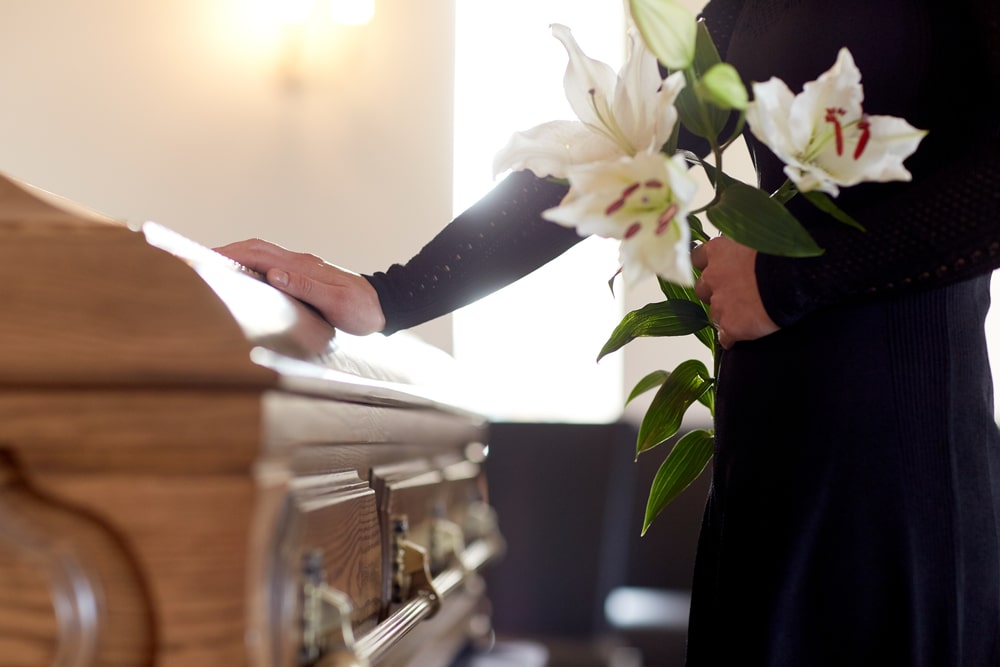








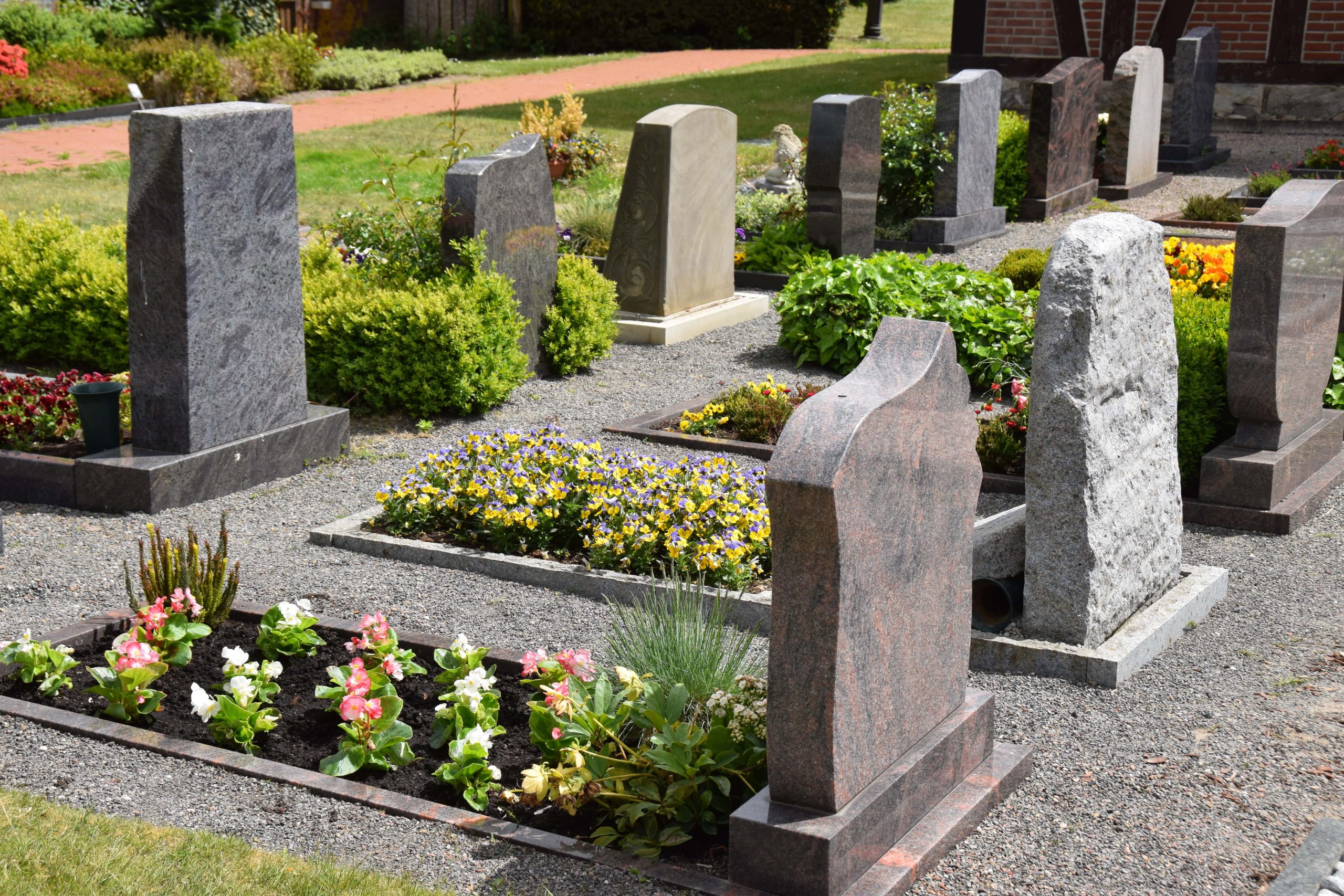













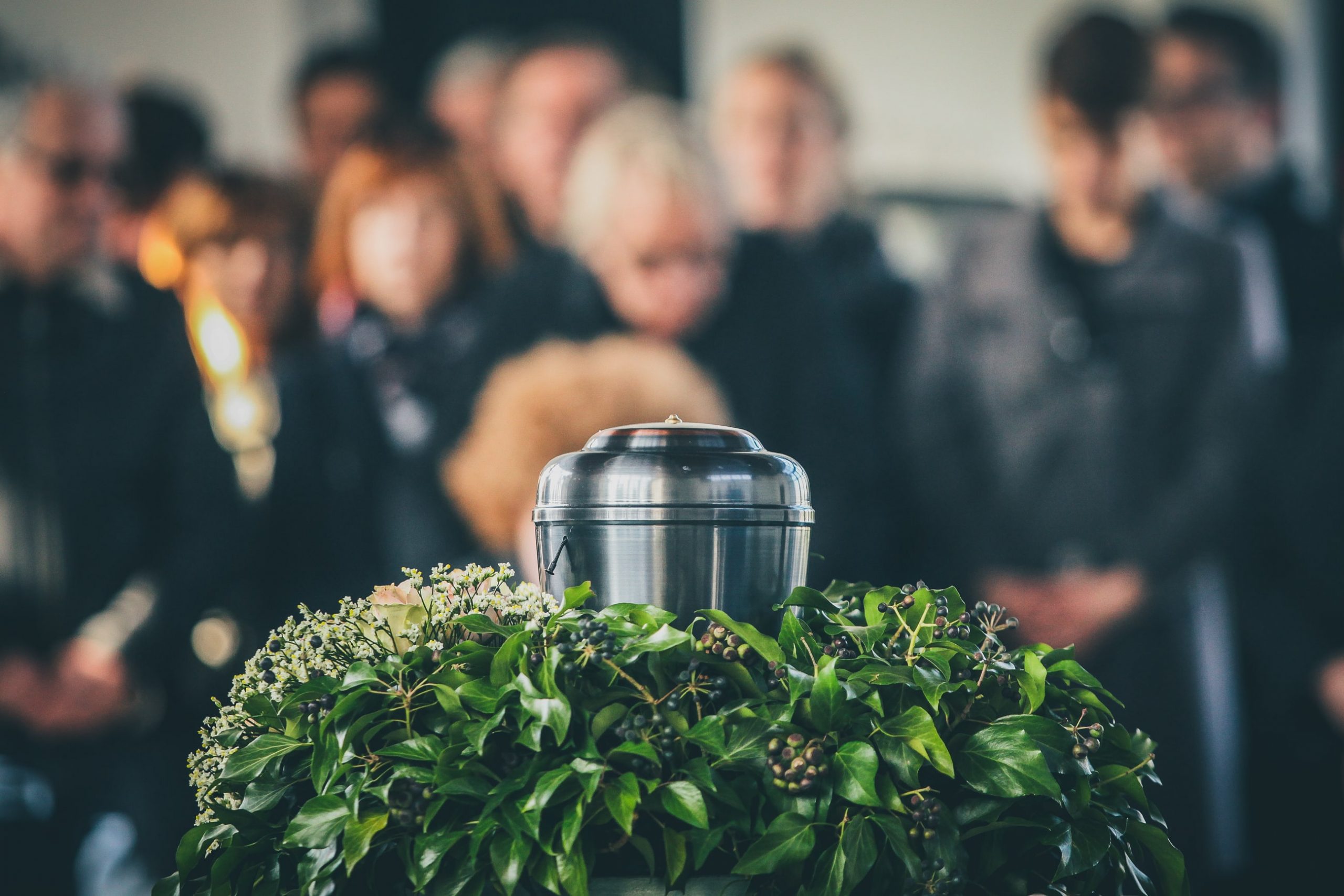










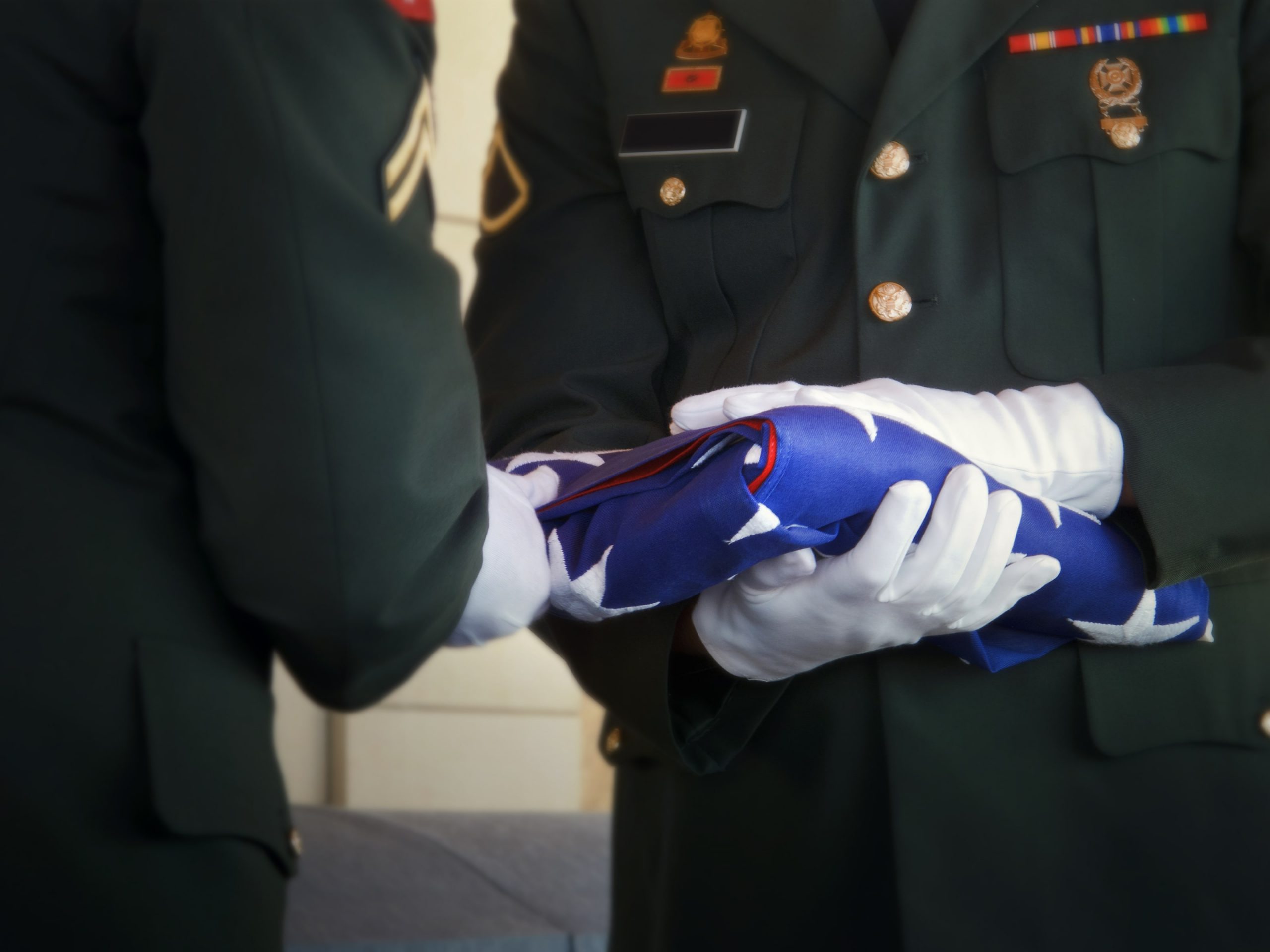



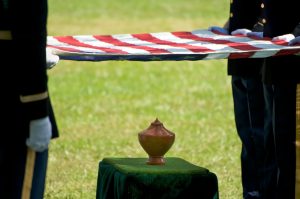





Recent Comments